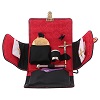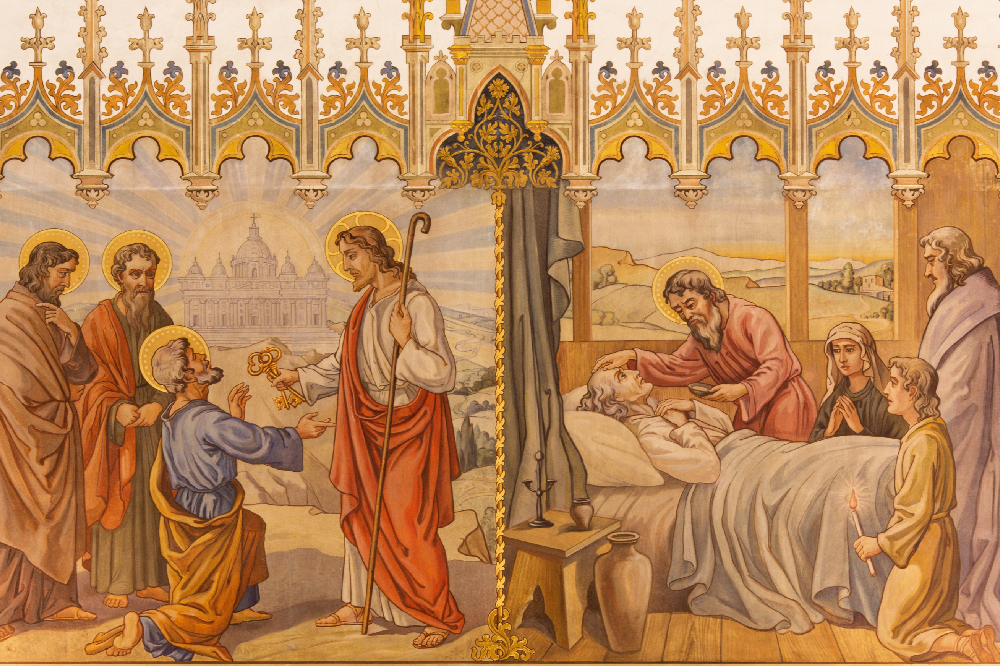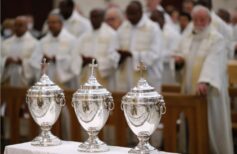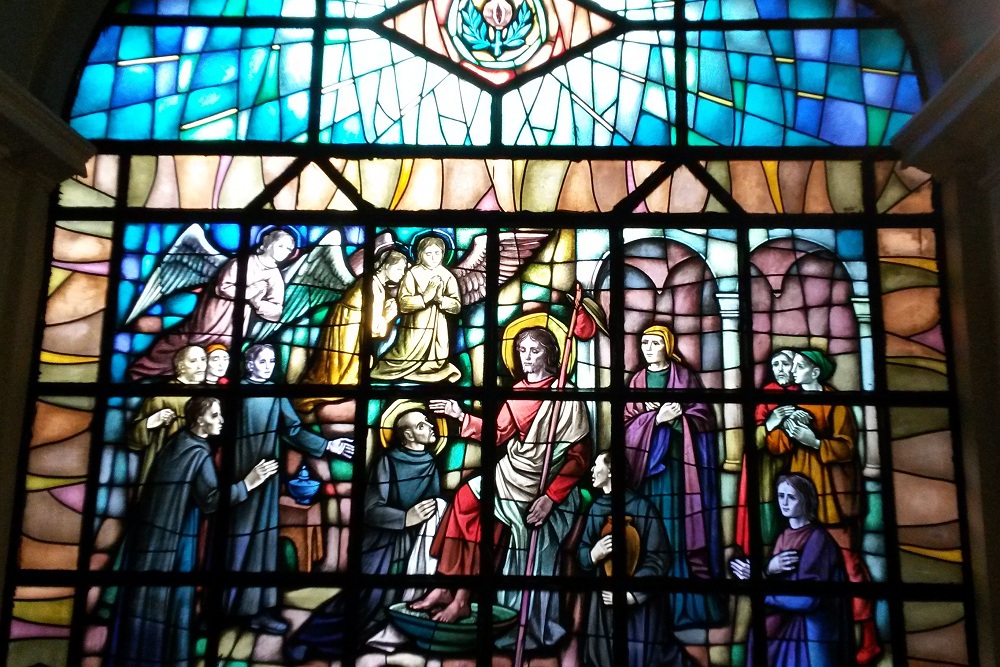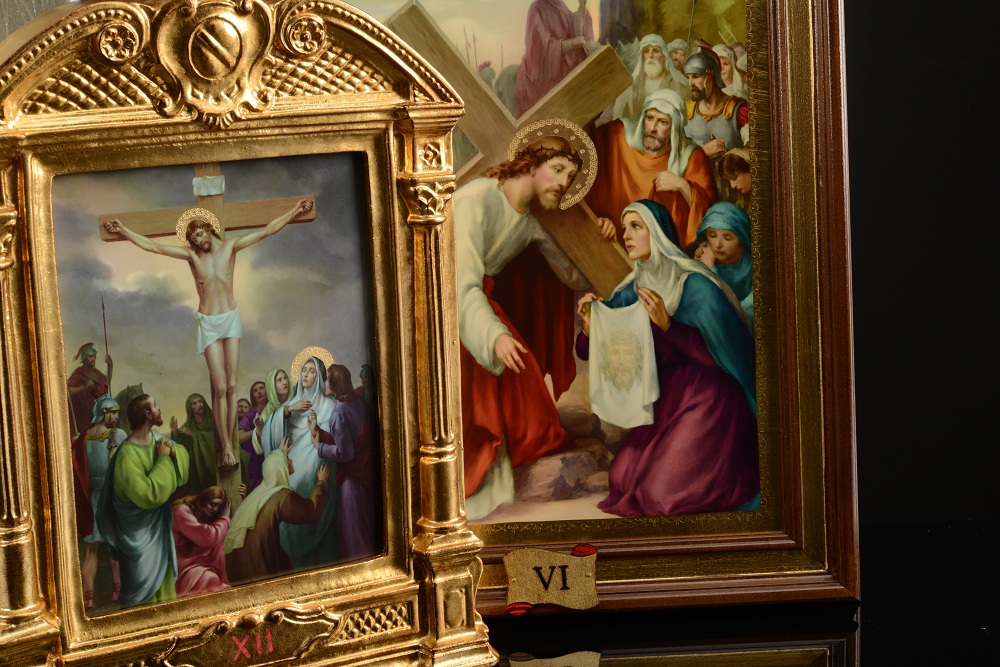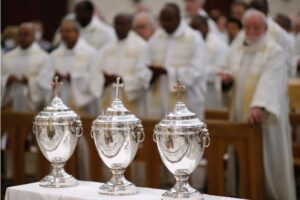The anointing of the sick is a practice that comes from Jesus himself. Here is how it has evolved over time
The Church traces the anointing of the sick back to Jesus, to His deep love for the sick and suffering, on whom He laid His hands invoking miraculous healing. Once He died and rose again, Christ invested His disciples with the same duty, combined with that of preaching: “They departed and preached that people should be converted, cast out many demons, anointed with oil many sick people and healed them” (Mark 6:12-13)
This is precisely what we mean by anointing the sick: a special blessing given to a seriously ill person with consecrated oil and prayer. We read the directions about this in a letter from James: “Whoever is sick, let him call the presbyters of the Church to him, and let them pray over him after anointing him with oil in the name of the Lord. And prayer made in faith will save the sick person: the Lord will lift him up, and if he has committed sins, they will be forgiven him” (Jas. 5:14-15)
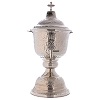
The Anointing of the Sick is a communal celebration deeply linked to the liturgy. It can take place in the home, hospital or church, and it is appropriate to be celebrated during the Eucharist and preceded by the Sacrament of Penance, by which Christians ask forgiveness for their sins.
The Sacrament of the Anointing of the Sick and the Sacrament of Penance are also called “sacraments of healing” and are intended to alleviate the believer’s physical and spiritual suffering.
But it is not only what we all know as Extreme Unction, although until the 20th century and the Liturgical Reformation it was mainly administered at the point of death. This particular sacrament, a gift of the Holy Spirit for the suffering, can also be administered several times in the course of the same illness, especially if a worsening intervenes, or before dangerous surgery.
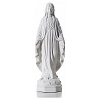
Already in the Old Testament, illness could prove to be for the righteous man a path of penance and conversion, to be experienced before God. One would turn to Him, invoking healing and relief. Sickness is experienced as something in relation to sin and evil, and enduring its suffering has a redemptive function.
In this vision the advent of Christ, merciful to the sick and bearing the power of healing symbolizes the fact that the kingdom of God is at hand. Jesus heals the sick and frees sinners from their burdens. Not only that, He shows even greater love for these categories of individuals than He shows to other men, as if suffering and sin made them even more deserving of attention and care in His eyes. Likewise, His teaching is clear: caring for the sick and relieving their pain is a definite duty of every Christian. “For I was hungry and you gave me food, I was thirsty and you gave me drink; I was a stranger and you welcomed me, naked and you clothed me, sick and you visited me, imprisoned and you came to visit me” (Mt 25:35-36).
It happens that in certain circumstances it is decided to give the rite of anointing of the sick during Mass, such as on the occasion of the Day of the Sick on February 11. In such cases, the sacrament of the anointing of the sick is administered to several sick people during the Eucharistic celebration, and the event is sometimes accompanied by a procession or visitation by the bishop.

Holy anointings in the life of a Christian
The Anointing of the Sick is only one of the holy anointings that mark the life of a Christian. Before it there is the Sacrament of Baptism, in which the oil of the catechumens is used to draw a cross on the chest and another between the shoulder blades of the baptized person to invest him or her with the power of Christ and infuse him or her with new life; the chrism of Confirmation, or Confirmation, confirms and strengthens us in our lives as Christians. The chrism, oil of the catechumens and oil of the sick are consecrated in each diocese on Maundy Thursday each year by the bishop and then distributed to the various parishes.
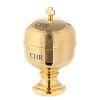
The meaning of the Viaticum
Viaticum is the last sacrament in a Christian’s life. It is in fact the last Communion, the Eucharist reserved for the sick and dying, together with the Anointing of the Sick. The Viaticum is the spiritual food with which the Christian can prepare to face the journey of transit to the next life and holds within it the seed of eternal life and the hope of resurrection.
